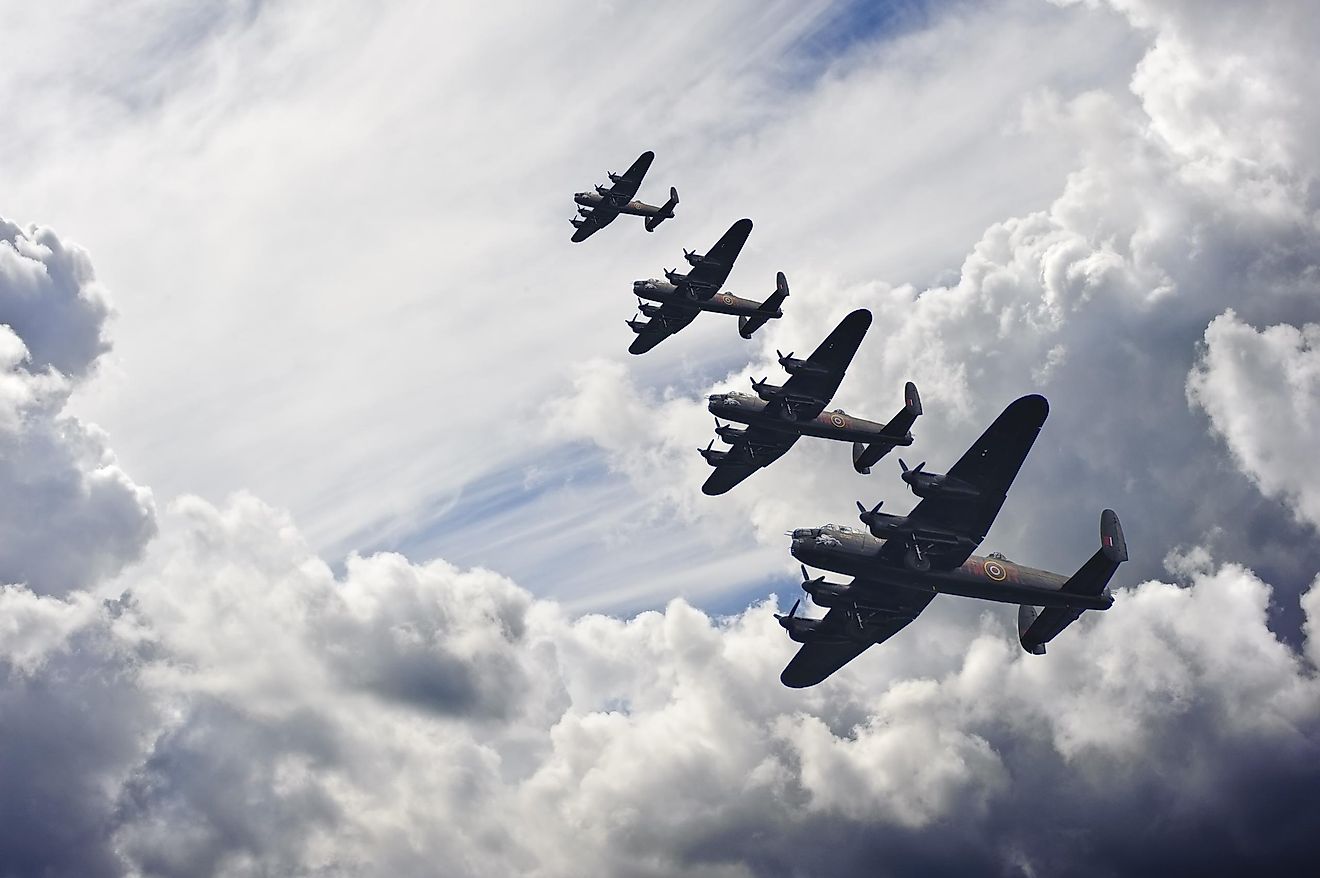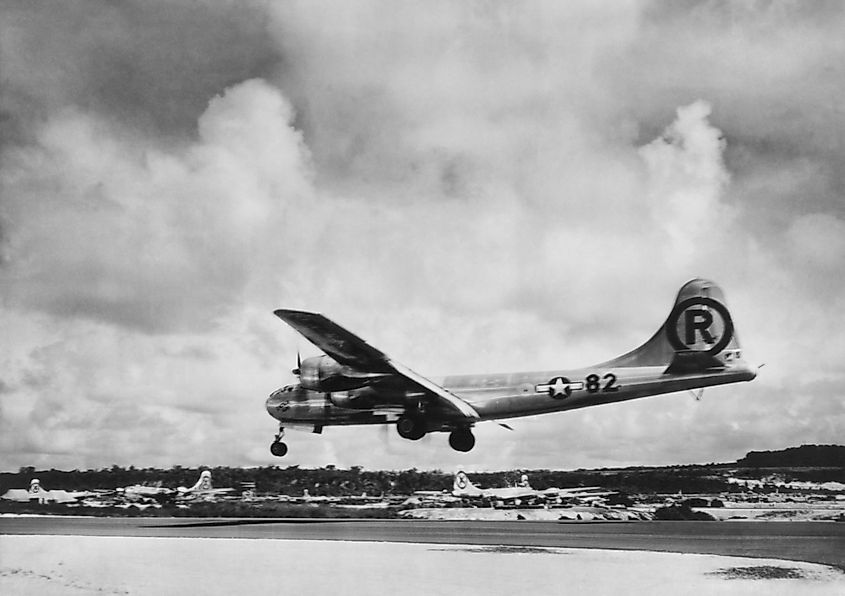How Did World War II Actually End?

- In 1945, two nuclear bombs were dropped. First on Hiroshima, and the second one on Nagasaki, which resulted in Japan’s immediate surrender.
- Hitler killed himself in a bunker in Berlin, hiding from the Soviets that were close.
- Close to 80 million people lost their lives because of World War II.
World War II ended in 1945. However, the official end of fights on battlefields across the world somewhat differs. The surrender of Germany happened in May, so both the 8th and 9th of May are the days Europe celebrates the so-called V-E Day, which stands for Victory in Europe Day. In the eastern front, the war ended after Japan surrendered on August 14, 1945.
World At War
The reason why there are two separate dates in Europe is that Germany first surrendered to Britain and the U.S., meaning the Western Allies. Still, another surrender happened in Russia, just a day after.
Japan, on the other side, signed their surrender on September 2, 1945, a few weeks after the fights initially stopped. There are two key events that ended the long and exhausting battles that killed millions of people.
Nuclear Bombs Dropped
First of all, after the Allies suffered major losses at Iwo Jima in February of 1945, the fear of Japan’s invasion was more prominent by the day. That is why President Truman gave the green light on using the atomic bomb. This moment was pivotal, not only for bringing World War II to an end but for changing the life for all people on Earth forever since. The United States army dropped two atomic bombs: first on Hiroshima, and then on Nagasaki. The first airstrike happened on August 6, and the other one just three days later, on August 9, 1945.

The devastation caused by the atomic bombs was so horrific, so Japan declared its surrender on August 15. The official document of Japan’s surrender is known as Instrument of Surrender, and it was signed between Japan on one side and the Allies countries on the other on September 2, 1945.
Hitler Committing Suicide
The other crucial moment that closed the battlefields on the western side of the world was when Hitler was forced to search for shelter in a bunker. Hitler was hiding from the Soviets, who made it all the way through Berlin, closing upon his location. At the time, Nazi forces were suffering losses all over Europe, which put Hitler in a situation of no escape.
With troops in shatters, hiding inside a bunker, Adolf Hitler committed suicide on April 30, 1945. Even though Germany finally surrendered on May 8, 1945, the Soviets insisted on another one that happened a day later, which later became the day Great Patriotic War ended, as it was celebrated in USSR.
After both sides of the world signed the peace treaties, and Germany and Japan surrendered unconditionally, the bloodiest battle in human history was put to an end. World War II took millions of lives, and the highest estimates say that close to 80 million people died in World War II. Most of them were civilians, and as much as 55 million of them lost their lives in both the west and the east. Among them, close to 6 million people were killed in concentration camps of Nazi Germany. Around 25 million soldiers lost their lives on the battlefield.











